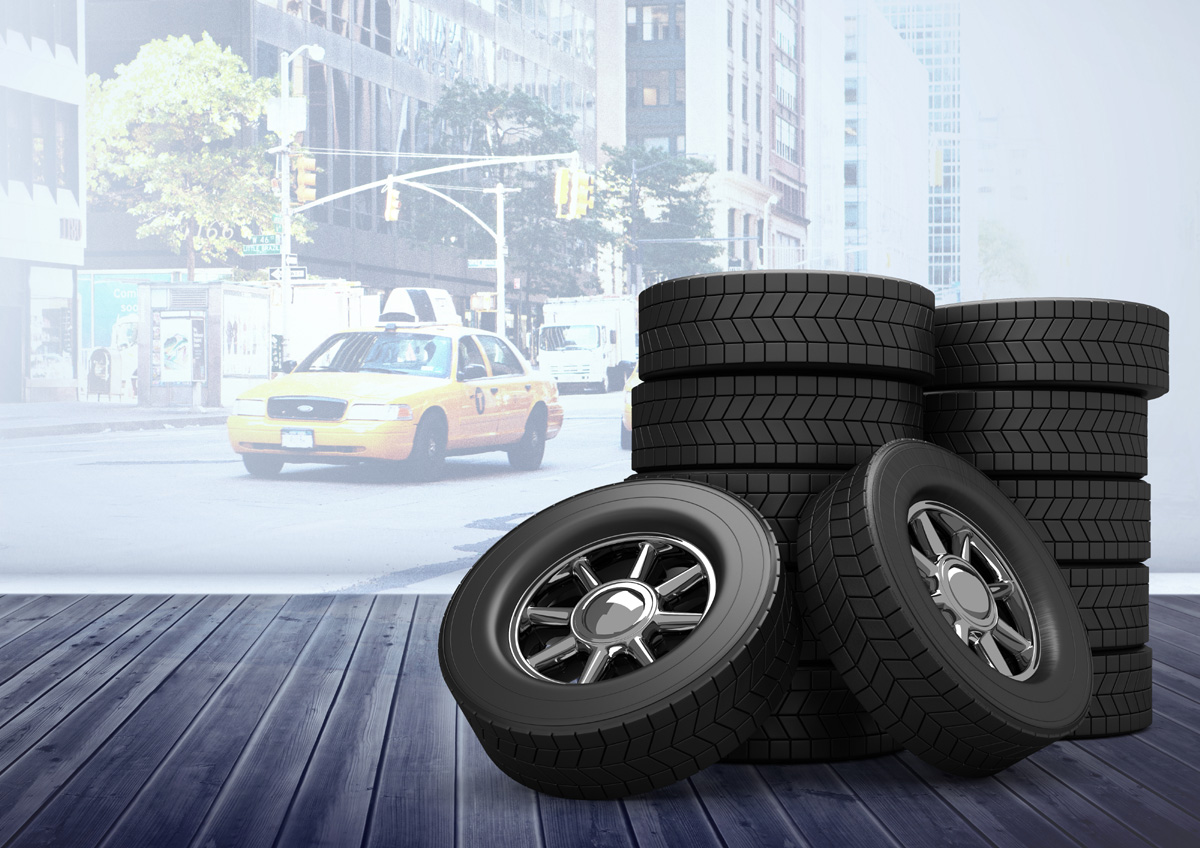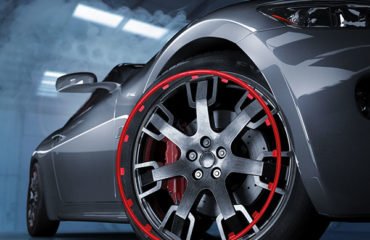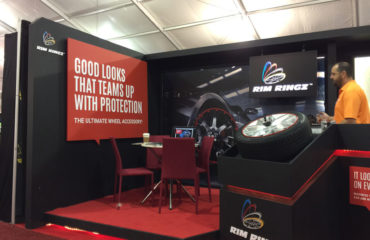Wheels And Tires
What Is The Differences Between
Wheels and Tires .
Because a lot of you have asked for an article explaining the differences between wheels and tires, as well as different kind of tires, we’ve decided to write this short yet informative guide and hopefully help you out. First things first though, we have to start at the very beginning.
The Wheel
Strictly speaking, the wheel is not its own entity or a component, but rather something comprised of several unique parts. Comprised of the tire, rim, wheel lugs, etc., feel free to think of the wheel as the entire assembly which makes the car move forwards. A lot of people misuse the term wheel quite often, for example when explaining the size of their ‘wheel’. If someone claims he’s got 19-inch wheels on his car, he’s actually running 19-inch rims, not wheels. The wheel is impossible to measure in unified units, because width, size, weight and height are always different, depending on the vehicle in question. Think of the wheel as a slice of pizza. The dough, bacon, cheese and what not are actually the wheel components, or ingredients if you will. The wheel is the entire thing. With that out of the way, let’s keep going and delve deeper.
The Tire
Tires wrap the outside of the rim (or the ‘wheel’), providing traction and grip. When it comes to tires, you better sit down, because there’s a lot to learn. For starters, we divide tires, in their most basic form, into radial and non-radial. Radial tires offer transverse radial plies which run perpendicular to the direction of travel, in essence giving the entire tire two very distinct, separate areas. The tire wall can act independently from the thread of the tire, giving more grip, a softer ride and extended tire life. The radial tire’s weakness is weight and under-inflation. If you’re carrying a decent amount of weight or don’t have the tires inflated to the proper amount, the sidewall is just going to give in and cause the entire vehicle to sway as the speed increases. Naturally, tires then branch out into car, bike and truck-specific models, but that’s a completely different story.
For now, we’ll just stick with car tires. For road-going purposes, you have legal, DOT-certified tires, whether they’re summer, winter or all-season. Non-legal tires, usually made for racing purposes, are also called slicks. They more often than not don’t feature any sort of thread, hence why it’s called a slick tire. This gives the driver more contact are with the road, but as you can imagine, there’s no thread to push out water so even the tiniest of drizzles can put a slick out of commission. If you can’t afford to switch out between summer and winter tires, we recommend all-season ones for everyday driving. They won’t be as good as summer or winter tires come their respective season, but they’re a good all-rounder.




You must be logged in to post a comment.